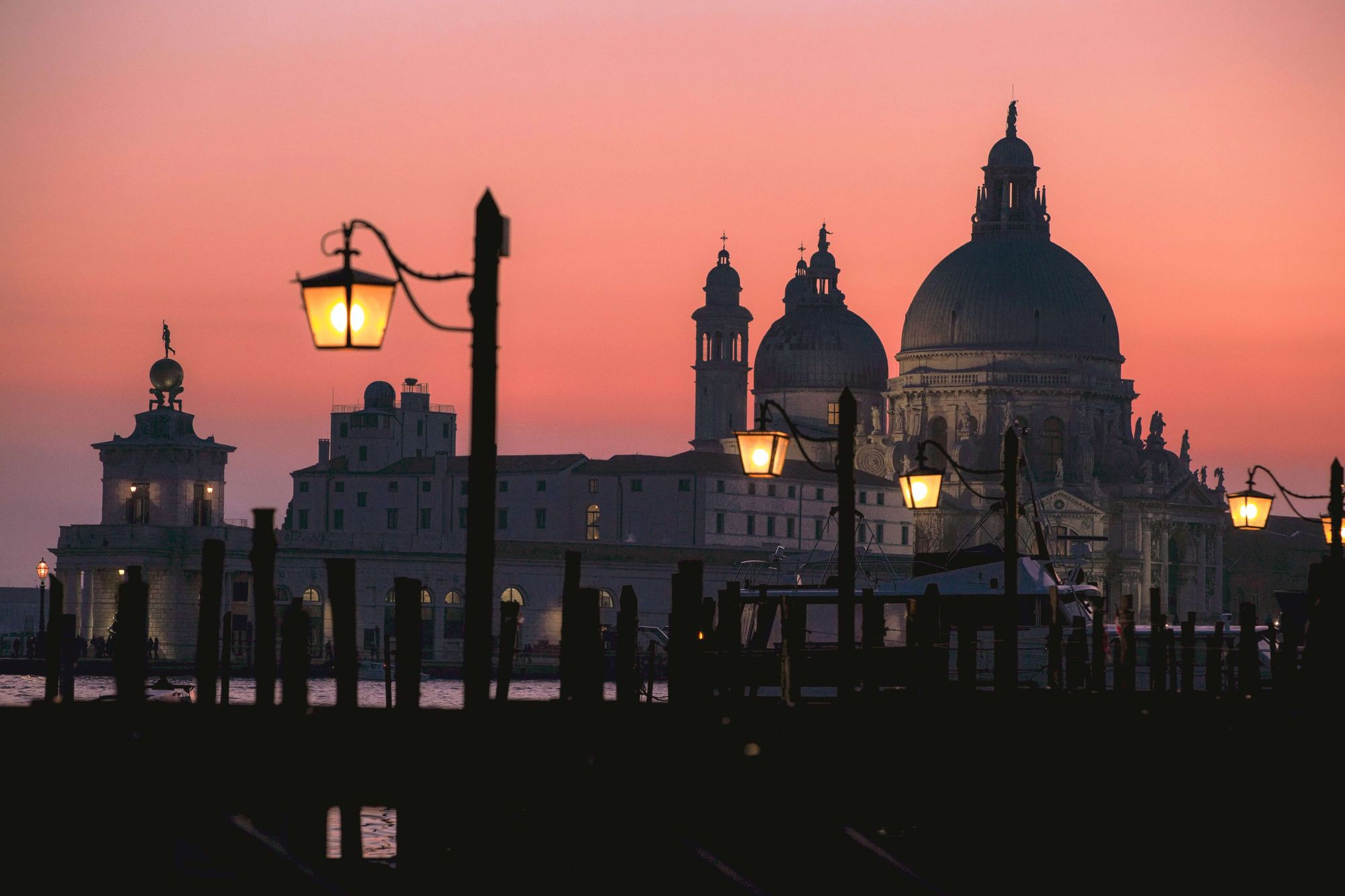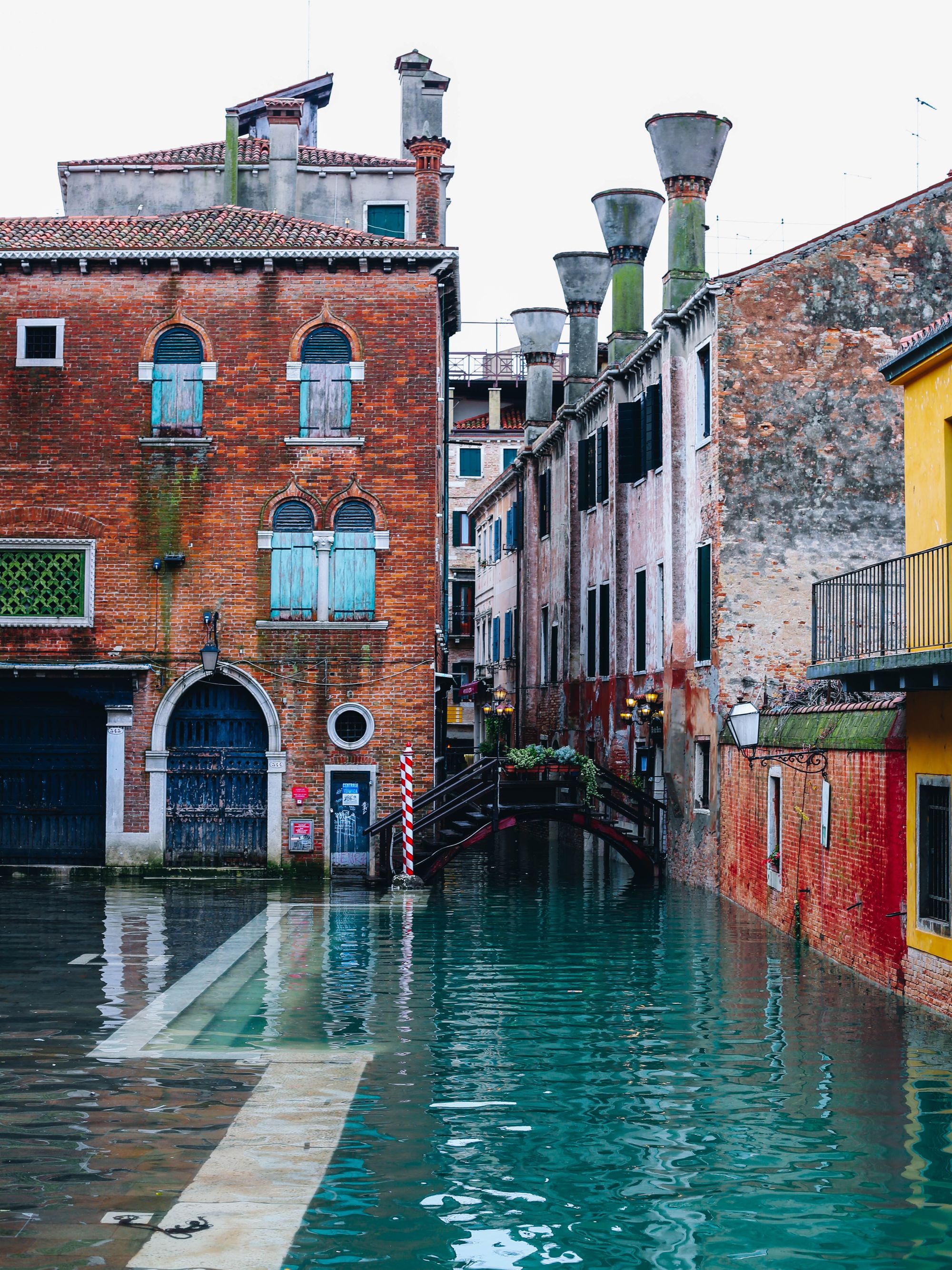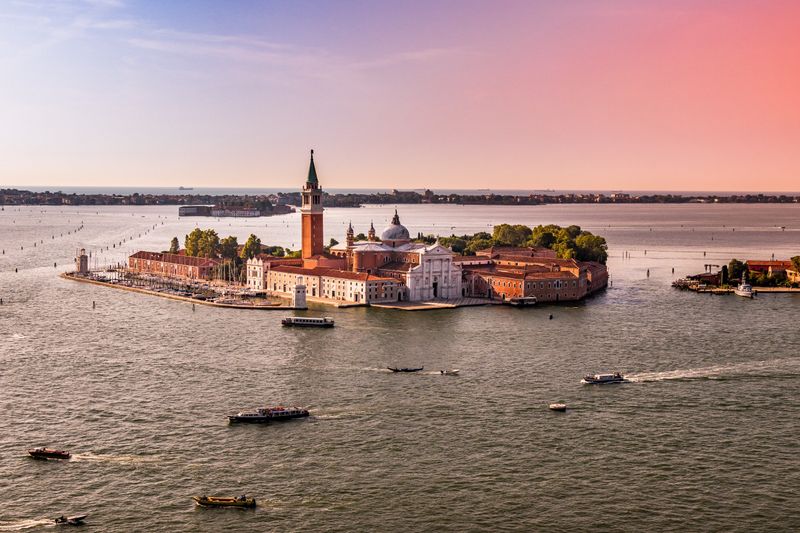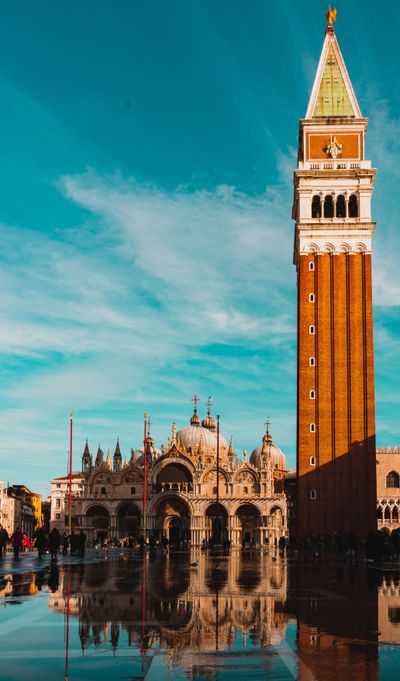As beautiful and romantic as it is, the city of Venice - along with other famous Italian gems such as Florence and Rome - hides behind its incredible churches and palaces a series of problems developed in the last decades.
From Acqua Alta (high tides) to over tourism, going thru the rapidly declining population, what once was a solid Republic that dominated the seas is now facing many threats to its beauty.
Some serious existential threats of different nature, some of which are well know, some of which are not, give the impression of a falling (or even already fallen -sometimes) empire. No wonder why so many people think Venice is literally dying, with some local as well as international commentators calling it already dead.
Stick with us until the end and you will gain back some hope, venetians know very well they are masters of their own destiny, and many interesting solutions are on their way for the health of the city.

HIGH TIDES
Undoubtedly the most impactful of problems that Venice is facing, is the high tides that strike from October to February (approximately). “Acqua Granda” of 2019, the second highest tide in the history of the city, showed pretty well to the world the fragility of the city. Billions of damages were reported, and both public and private properties were heavily damaged. Just think for a moment of the amount of damage salty water causes to the precious marbles of Saint Marks’ Square! The precious art of the city is constantly threatened by the rising water levels, as the number and seriousness of such high tides is more frequent.
Venetians spend centuries mastering the art of changing their environment – namely the Lagoon – according to their needs yet learning and respecting the beautiful rhythm of nature. When you cross a brigde, pay attention to the water and you’ll notice a slow but steady flow towards one direction, that is Venice breathing.

OVERTOURISM
Speaking of breath, during summertime Venice seems to suffocate under the pressure of the millions of visitors that each year decide to admire the beauty of this romantic island. So ironic yet so tragic, the beauty of la Serenissima is the same time its curse. As little as it is (just four kilometers in length) the city center welcomes each year around 30 million visitors. That’s a lot! Unfortunately, this means that a lot of people get to experience the city, but at the same time, they get to experience a whole lot of logistic problems. Infrastructures do not really have the capacity nor ability to provide a clear service for so many people, and you’ll probably get stuck in a sort of “traffic jam” if you happen to come in the most crowded days of carnival or of summer. Public transportation and public services, for as prepared they might be, cannot host so many tourists, many of which are one day trippers. Over tourism means not only clogged streets, but also that the economical structure of the city becomes almost entirely dependent on visitors, creating many different jobs, but also shrinking notably the variety of available job options.
DECLINING POPULATION
Once reaching 350 thousand citizens (including other islands of the lagoon and mainland), as of today, Venice is home to just 50 thousand citizens. The origins of this decline are many but its not the scope of this article. What’s important to know is that all these problems are connected and interrelated to one another. Housing has become very expensive for locals to afford, and the rising prices of both products and services clearly is not helping.
SOLUTIONS
Do not despair! For every problem there is more than one solution, for every issue, an opportunity to make Venice a better city.
High tides have posed a threat so big to the city, public institutions could not but find a quick solution.
The MOSE is a system of dams that – together with the “natural dams” of Lido di Venezia – helps stopping the entrance of the lagoon. The MOSE system is a barrier that lifts up when needed so that water doesn’t come in from the sea. The project and sustainability (as well as its construction) have been constantly under criticism by groups of engineers and environmentalists, but the system so far seems to be working just fine. Still, it will be better to keep an eye on it!
As for the social problems Venice is facing, there are currently underway many different solutions to deal with them. Starting with over tourism, the political institutions themselves are working on a system that stimulates a slower and more sustainable form of tourism, thus discouraging the one-day trippers with economical barriers. It might seem a bit harsh at first, but it could turn out as a system which creates better experiences and life conditions to both tourists, locals and university students. The “slow tourism” approach is being embraced also by many private tourist agencies.
Finally, many citizens – backed up by philanthropic projects from around the world – are well aware of the problem of declining population, and are currently working on the creation of a better environment in which students and artists can find a creative and safe environment for working and studying. University projects such as Venisia, or youth associations such as Venice Calls are a living proof this city is far from being dead.
When you will come in Venice, look around you and you will see a vibrant city full of beauty, dreams and opportunities.


